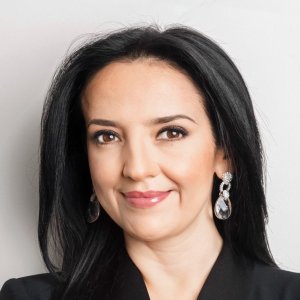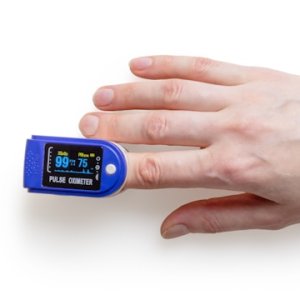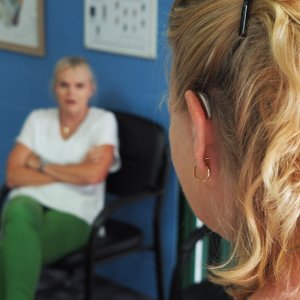Neglected Medical Devices Must Be a Constant Priority

STORY INLINE POST
Q: What is the biggest challenge that Linet Group sees for its business in Mexico?
A: There is a gap between the rate at which hospital beds deteriorate and when they are replaced. The problem in Mexico is that there is no investment to bridge this gap and much of this has to do with public policies and the lack of an appropriate approach to the topic. Most decision-makers involved in public infrastructure policies are unaware of the need to replace these hospital beds. They also underestimate the importance and benefit replacement beds bring to any medical process. Many also tend to classify beds as furniture instead of medical devices. The lack of hospital beds has become so common in the country that hospitals have to tend to patients using stretchers, waiting-room chairs and even the floor.
Also, the global trend is toward out-patient stays, which seek to reduce the patient’s stay at a hospital in favor of receiving treatment at home. This trend looks to optimize space and efficiency, especially at public hospitals. Outpatient stays increase the importance of having enough comfortable chairs and stretchers.
The healthcare industry is innovating to comply with these new needs and facilitate the work that hospitals do, which is why we have products that meet these needs. Our wheelchairs and stretchers are by nature comfortable and easier to use for the doctor and the patient, because they are designed with the out-patient process in mind. But, most importantly, they are quality products that ensure longevity and functionality.
Q: What is the general status of Mexico’s hospital beds’ market?
A: Around 2016, there was a need to renew intensive care beds. IMSS developed a proper tender, as requirements for companies to participate were strict given the technology needed in the equipment. The bidding process took quite some time but it was worth it because of how beneficial it has been to have quality beds.
There needs to be a study of public institutions to evaluate their status and come up with personalized recommendations regarding their bed situation, focused on whether to renovate what they have, keep it or adapt it to trends like out-patient stays. It is hard to determine a general formula because of the nature of each hospital; a wrong recommendation could be counterproductive to their services and their investment. I also think it is important to look at countries in Europe that are already participating in healthcare trends and make an alliance so hospitals in Mexico can send their medical staff to learn how the system works and how they can adapt it to their context. This could also be beneficial when building new hospitals that are more expensive and require much more investment.
Q: What do you think about the trend to build small clinics instead of large hospitals?
A: I do not think that small private hospitals are a trend since they have always existed, at least in Mexico. I do see private hospitals growing in Mexican tourism poles, as long as security at a national level allows it. The problem is that some private hospitals that have the money for infrastructure investment do not prioritized hospital beds and end up buying cheap, low-quality beds that need to be replaced every one to two years instead of every five to 15 years.
Q: What is Linet Group doing to position its beds in the market as the best choice?
A: We have a showroom where we invite hospital executives and students from biomedical and nursing programs. In those visits, we present not only our products but our core values and goals. We are also interested in sharing knowledge from a clinical and academic standpoint. First, when installing a new product, we send an application specialist to train the personnel on the correct use of this medical device. Second, we offer specific workshops: one for nurses to avoid injuries and complications, and the other on early mobilization to ensure the patient’s early and correct recovery.
Q: What areas of opportunity do you see in terms of innovation in hospital beds?
A: There is an opportunity in specialties like gynecology and obstetrics. Three years ago, Linet Group purchased a company that manufactured birthing beds geared toward a humane procedure. This is a subject that has been neglected in Mexico as statistics show the country has one of the highest rates of unnecessary C-sections per year. We also acquired gynecological examination chairs through this process. These chairs are easy to use with older patients, people with a disability or people with obesity. Our chairs can be adapted for height, with movable legs that facilitate positioning, the seat can be heated and the chair can also be used during an ultrasound.
Linet Group is a major European manufacturer of hospital and nursing beds. The company’s portfolio includes solutions designed for intensive care, regular in-bed treatment and beds for nursing homes and long-term care facilities








 By Miriam Bello | Senior Journalist and Industry Analyst -
Wed, 10/07/2020 - 17:54
By Miriam Bello | Senior Journalist and Industry Analyst -
Wed, 10/07/2020 - 17:54
















